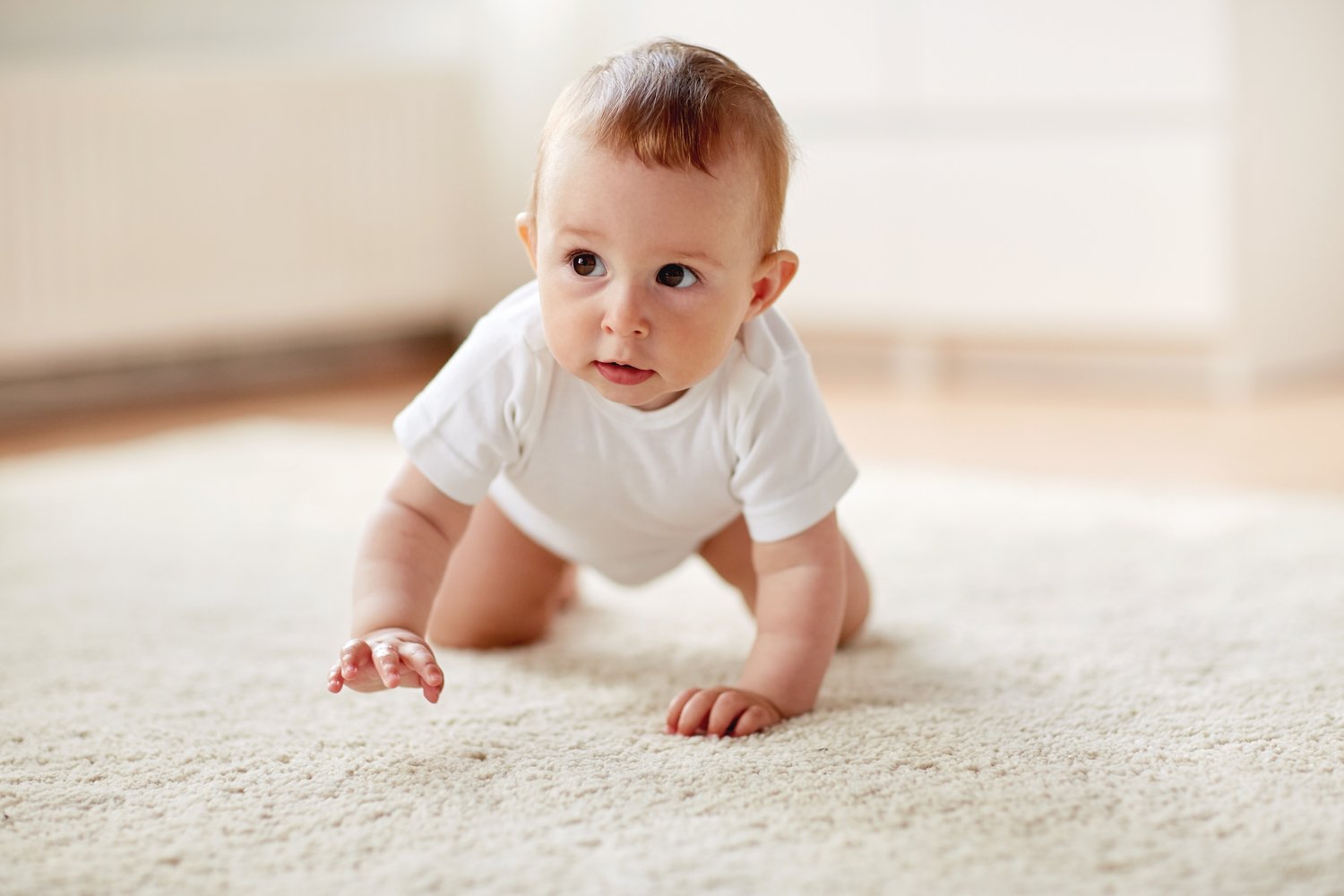Creating a safe environment for your little ones is a top priority for every parent and caregiver. Childproofing your home involves identifying and addressing potential hazards before curious babies and active toddlers encounter them. This comprehensive home safety for kids guide walks you through room-by-room strategies, essential products, and expert recommendations to transform your living space into a secure haven where children can explore and develop with reduced risk of accidents or injuries.
Understanding Child Development and Safety Needs
Children’s safety needs evolve dramatically as they grow from immobile infants to crawling babies to running toddlers. A thorough childproofing home guide must account for these developmental stages. Newborns require basic precautions, but once babies begin crawling around six months, your home becomes an exciting playground filled with potential dangers. Toddlers present additional challenges with their climbing abilities, problem-solving skills, and relentless curiosity. Understanding these developmental stages helps parents anticipate risks and implement appropriate safety measures before accidents occur, rather than reacting after close calls.
Getting Started: The Home Safety Assessment
Before purchasing any childproofing products, conduct a thorough home safety assessment. Get down on your hands and knees to view your home from your child’s perspective—what might attract their attention? What could they pull down, climb on, or put in their mouth? Look for unstable furniture, accessible cords, toxic substances, and choking hazards. This initial evaluation forms the foundation of your baby proofing checklist and helps prioritize modifications based on your child’s current abilities and your home’s specific layout. Many parents find it helpful to document potential hazards room by room, creating a systematic approach to childproofing that ensures no dangerous areas are overlooked.
Kitchen Childproofing Essentials
The kitchen contains numerous hazards that require special attention in any toddler safety at home plan. Install cabinet locks on lower cabinets containing cleaning supplies, sharp objects, or breakable items. Consider adding stove knob covers and an oven door lock to prevent curious hands from turning on burners or accessing a hot oven. Secure refrigerator doors with appliance locks if necessary. Store dangerous items like knives, medications, and cleaning products in upper cabinets well out of reach. Consider installing a water temperature regulator to prevent scalding from hot water taps. Many parents also establish a designated safe play area within view of the kitchen, allowing them to prepare meals while keeping children away from cooking hazards, as recommended by safety experts at AskHomey.
Living Area Safety Modifications
Living rooms and family spaces present unique challenges in a comprehensive childproofing home guide. Secure tall or unstable furniture to walls using anti-tip straps, especially televisions, bookshelves, and dressers. Cover electrical outlets with tamper-resistant covers and manage cords using cord covers or by placing furniture in front of outlets when possible. Install corner protectors on coffee tables and other furniture with sharp edges. Create boundaries around fireplaces with hearth guards and ensure fireplace tools are inaccessible. Window blind cords should be cut to remove loops and kept well out of reach, or better yet, replaced with cordless blinds. Houseplants should be evaluated for toxicity and moved out of reach if necessary.
Bathroom Safety Strategies
Bathrooms contain multiple hazards requiring specific attention in your baby proofing checklist. Install toilet locks to prevent drowning risks and cabinet locks to protect children from medications, cosmetics, and cleaning supplies. Use non-slip mats in bathtubs and consider a spout cover to prevent injuries. Never leave children unattended around water, even in shallow baths. Install door locks or doorknob covers to prevent unsupervised bathroom access. Consider a thermostatic mixing valve to regulate water temperature and prevent scalding. Electrical appliances like hair dryers and curling irons should be unplugged and stored away after use.
Bedroom and Nursery Protection
Creating safe sleeping environments is crucial for toddler safety at home. Ensure cribs meet current safety standards with no drop sides, proper mattress fit, and appropriate spacing between slats. Position cribs and beds away from windows, blind cords, and wall hangings. Secure dressers and changing tables to walls to prevent tipping. Keep monitors and their cords at least three feet from cribs and beds. Install finger-pinch guards on doors and drawers to prevent painful injuries. For older children, discuss boundaries and establish clear rules about which areas of the home require adult supervision.
Maintaining Safety as Children Grow
Childproofing isn’t a one-time project but an ongoing process that evolves with your child’s development. Regularly reassess your home safety for kids measures as children grow taller, stronger, and more capable. Products that worked for a crawler may be easily defeated by a problem-solving toddler. Schedule regular safety checks to identify new hazards, test existing childproofing devices, and replace any worn or broken safety equipment. Teach children about safety as they become old enough to understand, helping them recognize potential dangers while maintaining appropriate supervision.
For more tips and to connect with reliable home service professionals, follow AskHomey on Facebook and Instagram.



